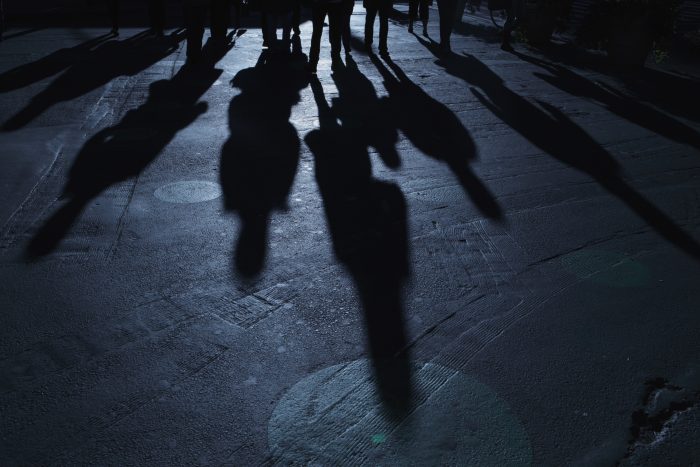By Katherine Kelton
Daylight saving time ended on Sunday, Nov. 3, giving Americans an extra hour to enjoy — except in Hawaii and most of Arizona.
On Long Island, this meant an earlier sunrise and saying goodbye to sunsets after 6 p.m. The next day in Port Jefferson, people enjoyed quintessential fall weather on the ferry to Connecticut. TBR News Media asked these passengers: How did you enjoy your extra hour?
 Mary Rose and Alan Goldberg, East Setauket
Mary Rose and Alan Goldberg, East Setauket
Mary Rose and her husband Alan were in Massachusetts when the “fall back” happened. The pair were visiting their daughter. Even though the two had a “very long conversation the night about falling back and getting that extra hour,” they forgot the day off until they were about to leave their hotel. For them, the extra hour meant time to “sit around and chat, visit our daughter, hang out and be together.”
 Monica Landivar, Stamford, Conn.
Monica Landivar, Stamford, Conn.
Monica Landivar, on left, from Stamford, Connecticut, on a day trip to Port Jefferson, shared the practical benefits she enjoyed from daylight saving time: “To be totally and completely honest, it was relaxing. And also, the good thing was that I had extra time to do some work around the house.”

Alenna Lin, Stony Brook University
Alenna Lin, a freshman at Stony Brook University, enjoyed the extra hour to reorientate her schedule. “I spend many hours studying for all my classes, so my sleep schedule naturally gets destroyed, especially after two back-to-back midterms last week,” she said. She could “go to bed an hour early, wake up at a reasonable time and be more awake during lectures.”
Amal Sani, South Setauket
A senior at Ward Melville High School, Amal Sani shared details of her three-day weekend, saying, “I had Monday off for senior skip day, so I had an extra hour and an extra day to do work.” She was sitting in Local’s Cafe in Port Jefferson doing college applications and school work, which she said she has been very occupied with. “Daylight savings was much needed,” she added.







 Connie Poulos, Selden
Connie Poulos, Selden Gwen Coady with grandson Jack, Saint James
Gwen Coady with grandson Jack, Saint James Allison Marin, Port Jefferson
Allison Marin, Port Jefferson Stephen Malusa, Selden
Stephen Malusa, Selden





